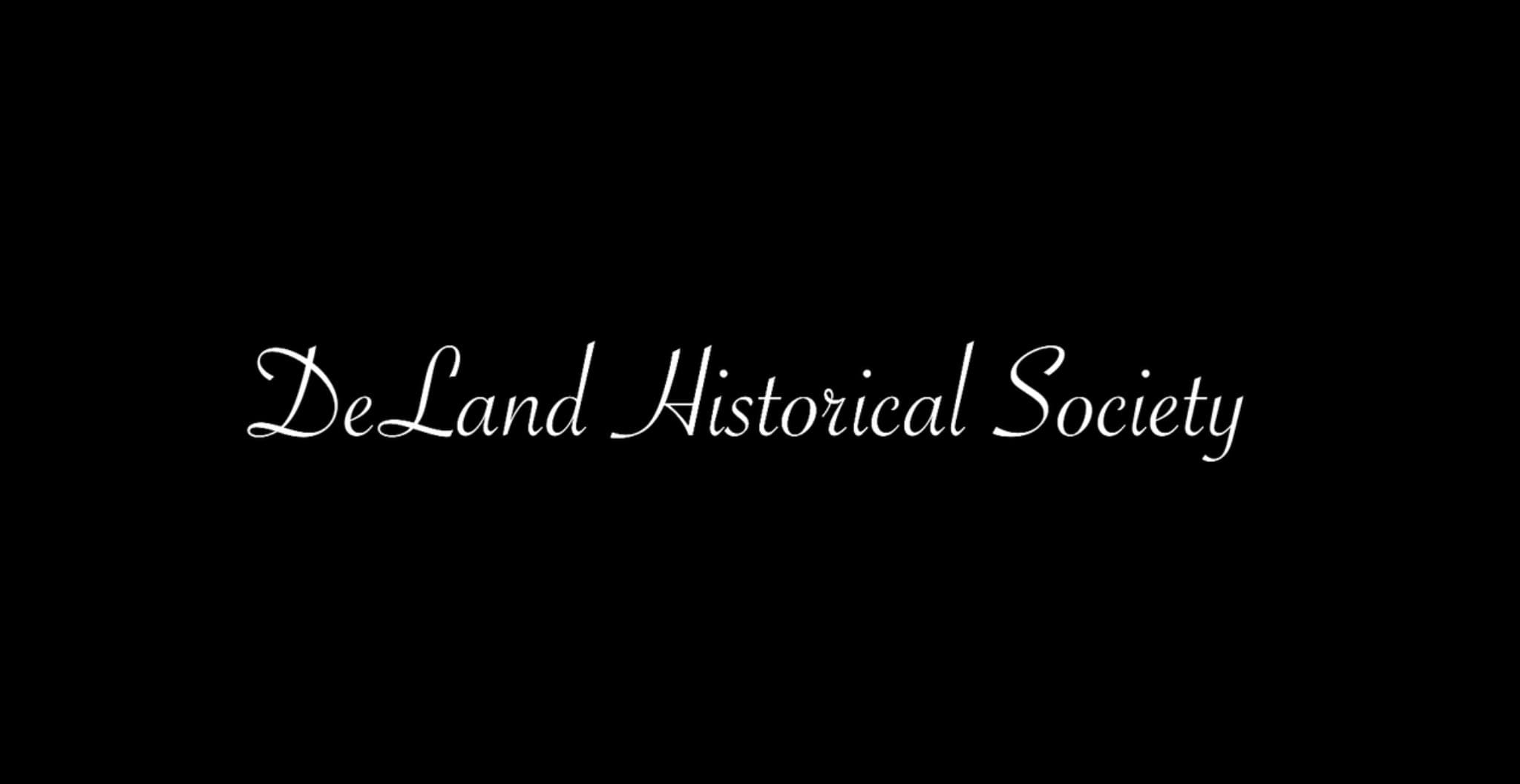Starcke Homestead and Beresford Plantation

Starcke Homestead and Beresford Plantation
William Beresford, the Earl of Tyrone, was awarded the 20,000 acres that became Beresford Plantation. The estate was located south of the Crowle property, extending south from midpoint on Lake Beresford to Blue Springs Landing, labeled Mineral Spring on "Exact Plan of the River St. Johns" done circa 1774. It is possible that Hontoon Island was included in this southernmost St. Johns River plantation during the British years. Charles Bernard supervised development of the estate and resided there for many years.
Beresford Plantation was established by Charles Bernard in the late 1760s for William Beresford, the Earl of Tyrone. The plantation dwellings and most of the agricultural fields were located on the east shore of the body of water that is still called Lake Beresford. In 1782, a wealthy Loyalist refugee named William Moss purchased 1,200 acres of Beresford Plantation, probably the part developed by Bernard and the Beresford slaves. Moss also acquired Hontoon Island, shown in the image below. Hontoon Island adjoined the southwest corner of Lake Beresford. At that time the main St. Johns River channel twisted around Hontoon Island on the west side.
William Bartram, a friend of Bernard, traveled in 1774 to the eastern shore of Lake Beresford to gather plants and flowers in the vicinity of the plantation established for the Earl of Tyrone. As he approached the estate via Lake Beresford, Bartram was caught in a hurricane that almost sank his small boat. After the storm passed, Bartram noted it had destroyed oak groves on the shore near where he sought shelter. It took him several days after the hurricane abated to dry and preserve his notes and specimens. Beresford Plantation “suffered almost irreparable damages from the violence of the storm,” Bartram wrote, leaving only the dwelling house of the agent, Charles Bernard, still standing. The barns, houses for the sixty enslaved black men and women owned by Beresford, and all storage buildings were blown “almost flat to the ground, or the logs and roof rent asunder and twisted about.” Fields of indigo and sugar cane were destroyed and live oak trees were “torn to pieces, their limbs lying scattered over the ground.”
Beresford Plantation, Bartram wrote, was “a vast body of land...fit for the culture of Corn, Indigo, Cotton, Batatas, &c. And of low swamps and marshes, which when properly drained and tilled, would be suitable for Rice, these rich low grounds when drained and ridged are as productive as the natural high land, and vastly more durable....”
No record has been found of how long Bernard stayed at Beresford Plantation, nor is there an indication of how long the estate was operated. It is possible that it was still in cultivation in 1782 when William Moss, a wealthy Loyalist refugee, purchased 1200 acres of the larger Beresford property, along with nearby Hontoon Island. Moss invested heavily in his Florida estate, but abandoned it all two years later during the mass evacuation of British settlers following the cession of East Florida to Spain. Moss resettled his laborers in the Bahama Islands. From the Bahamas, Moss filed this record of his brief ownership of Beresford Plantation.
Contact
Connect with DeLand's Fascinating History
Thank you for your interest in DeLand Historical Society, dedicated to the rich history of DeLand, Florida. Please use the contact form below to get in touch with any questions, feedback, or inquiries. I value your input and look forward to hearing from you!
